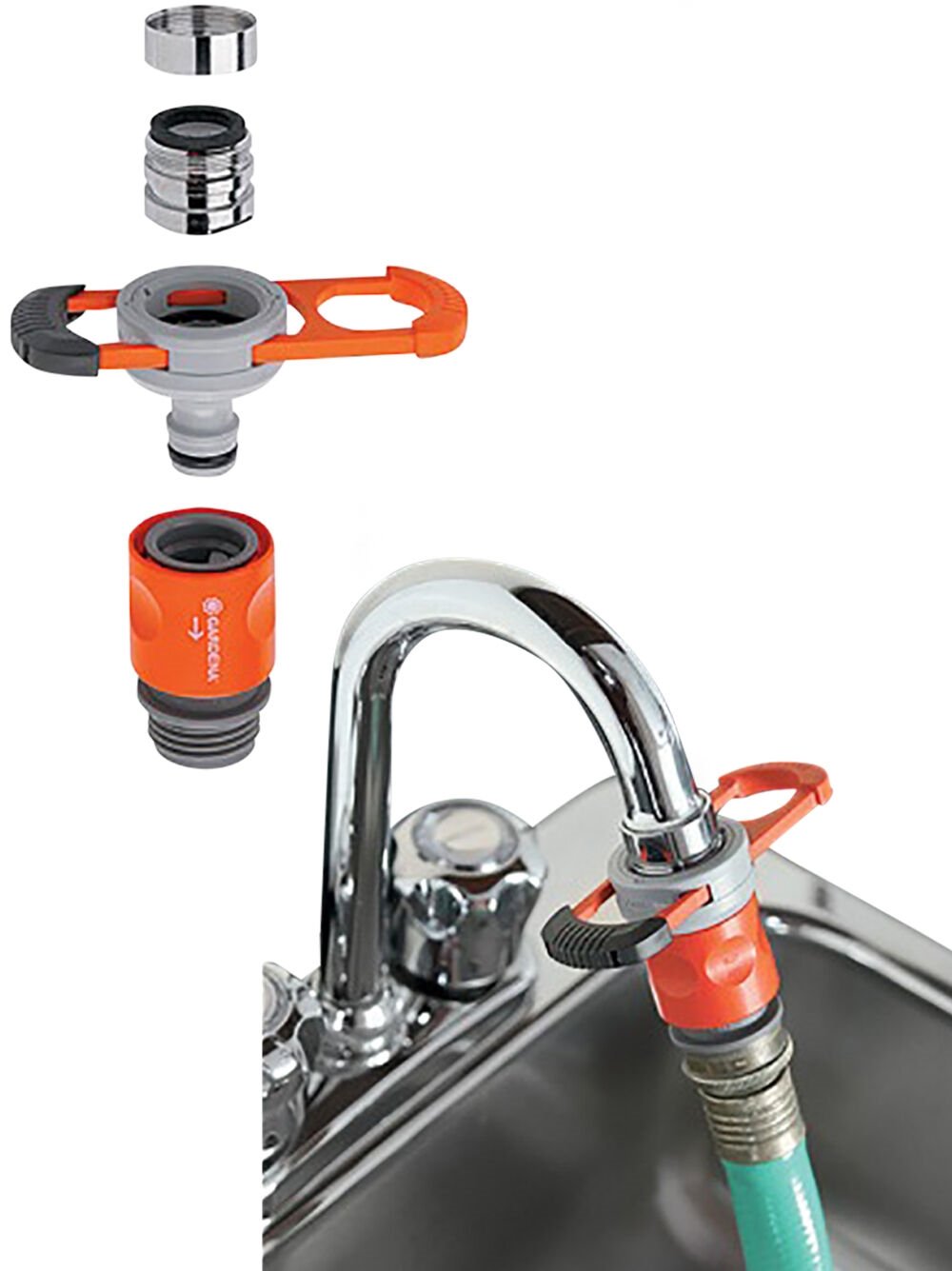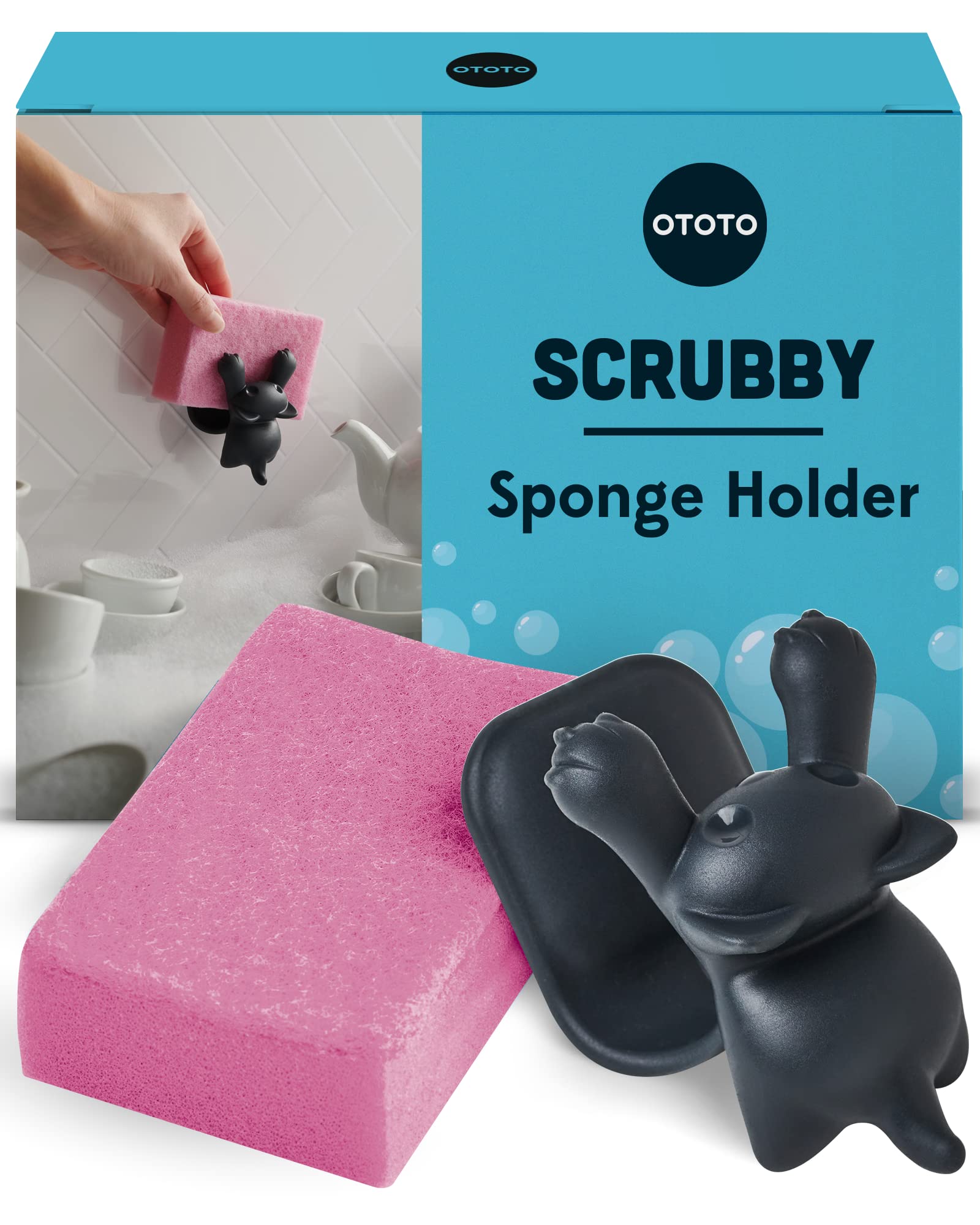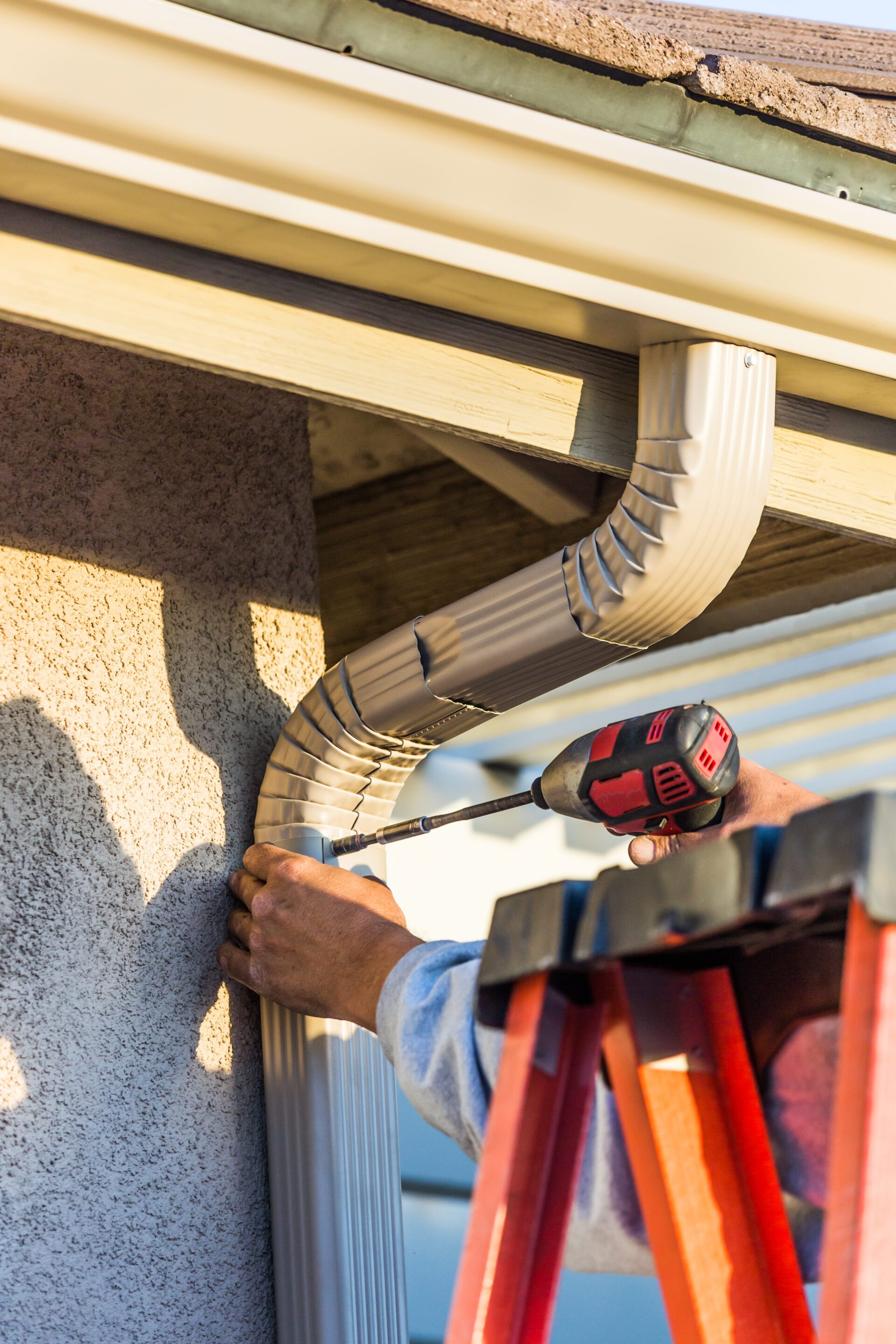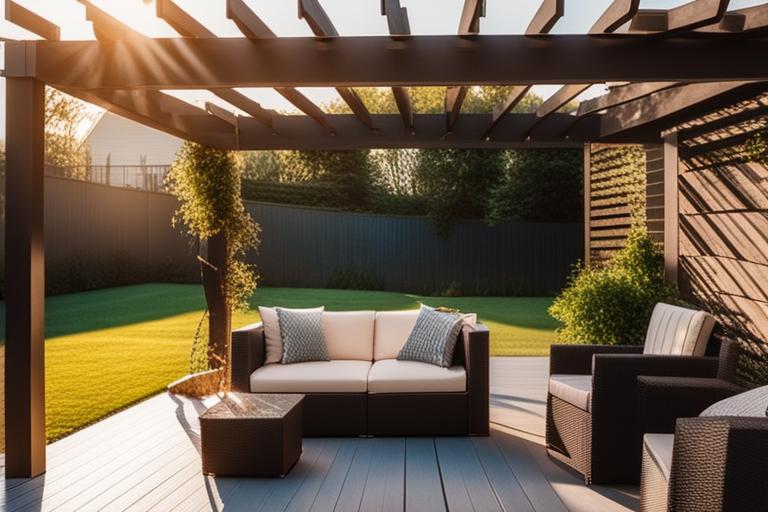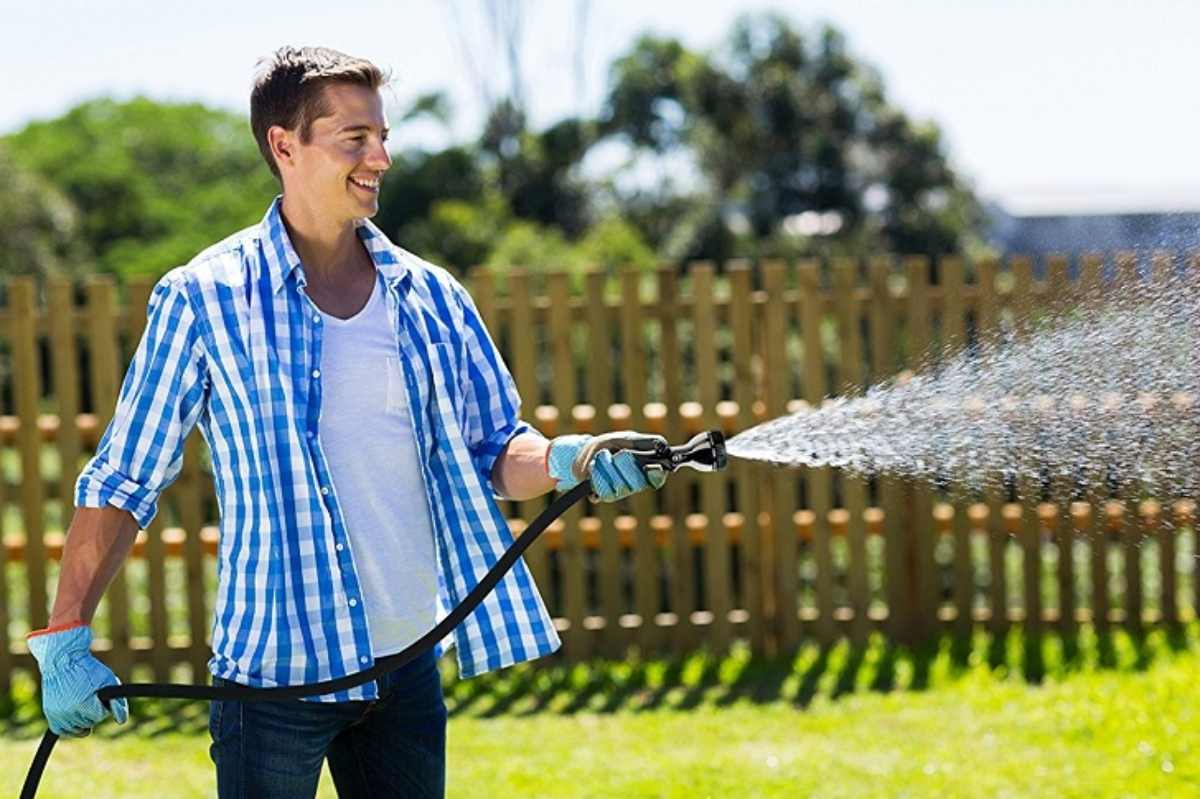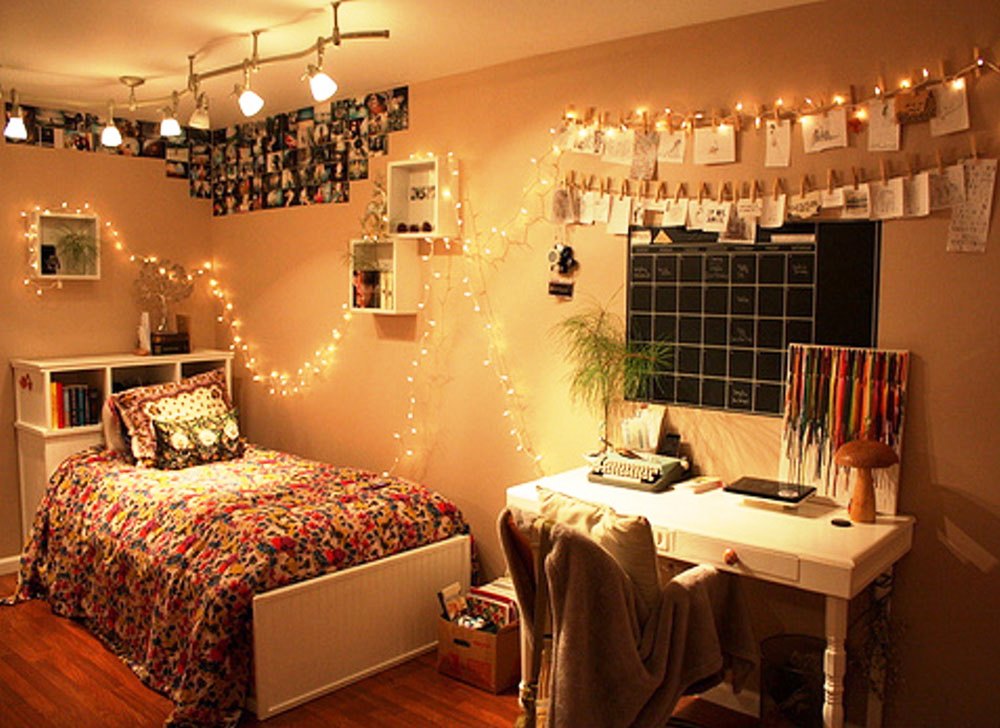How to Attach a Hose to Your Kitchen Sink
If you love gardening or have a green thumb, you may have wondered if it's possible to attach a hose to your kitchen sink. Well, the good news is, it is possible! With the right equipment and a few simple steps, you can easily connect a hose to your kitchen sink and make watering your plants or washing dishes even easier. In this article, we'll guide you through the process of attaching a hose to your kitchen sink, so you can enjoy the convenience it offers.
Can You Connect a Hose to a Kitchen Sink?
The short answer is yes, you can connect a hose to your kitchen sink. However, it's important to note that not all kitchen sinks are designed to accommodate a hose attachment. For example, if you have a smaller or older sink, it may not have the necessary fittings or threads to attach a hose. In this case, you may need to consider alternative options such as using a faucet adapter or installing a new sink. But if your kitchen sink is equipped with the necessary fittings, then you can easily attach a hose to it.
Step-by-Step Guide: Attaching a Hose to Your Kitchen Sink
Before you begin, make sure you have all the necessary equipment including a hose attachment, a faucet adapter (if needed), and a wrench. Once you have everything ready, follow these simple steps to attach a hose to your kitchen sink:
Step 1: Start by removing the aerator from your kitchen sink faucet. This is the small mesh screen at the end of your faucet. You can usually unscrew it by hand, but if it's too tight, you can use a wrench to loosen it.
Step 2: If your kitchen sink faucet has threads on the inside, you can skip this step. But if it doesn't, you'll need to attach a faucet adapter to the end of your faucet. Simply screw the adapter onto the end of the faucet, making sure it's tight and secure.
Step 3: Now it's time to attach the hose attachment. Simply screw it onto the end of your faucet or faucet adapter, depending on your sink's design. Again, make sure it's tight and secure.
Step 4: Once the hose attachment is in place, you can connect your garden hose to it. Make sure to tighten the connection to avoid any leaks.
Step 5: Turn on your faucet and check for any leaks. If you notice any, make sure to tighten the connections or replace any worn out washers.
Step 6: Congratulations, you have successfully attached a hose to your kitchen sink!
Using a Hose Attachment for Your Kitchen Sink
Now that you have a hose attached to your kitchen sink, you can use it for a variety of purposes. If you love gardening, you can use it to water your plants without having to go outside or fill up a watering can. You can also use it to wash off dirty dishes or rinse fruits and vegetables. The possibilities are endless!
DIY: Attaching a Hose to Your Kitchen Sink
If you're a DIY enthusiast, you may be wondering if you can make your own hose attachment for your kitchen sink. While it is possible, we recommend purchasing a ready-made attachment as it will be more durable and reliable. However, if you still want to try making your own, there are plenty of tutorials and guides available online.
What You Need to Know About Attaching a Hose to Your Kitchen Sink
Before you attach a hose to your kitchen sink, there are a few things you should keep in mind:
Water Pressure: Make sure your kitchen sink can handle the added water pressure from the hose attachment. If your sink is old or has weak water pressure, it may not be able to support a hose.
Hot vs Cold Water: Most kitchen sinks only have one water line, which means that the water coming out of your hose will be the same temperature as the water coming out of your faucet. If you need hot water for your tasks, you may need to consider alternative options.
Cleaning and Maintenance: Remember to clean and properly store your hose and attachments after each use to avoid any build-up of dirt or bacteria. You should also regularly check for any leaks and replace any worn out parts.
Tips for Successfully Attaching a Hose to Your Kitchen Sink
Here are a few tips to keep in mind when attaching a hose to your kitchen sink:
Use Proper Equipment: Make sure you have the right equipment for the job, including a hose attachment and faucet adapter (if needed). Using the wrong equipment can lead to leaks or damage to your sink.
Check for Leaks: Before you use your hose attachment, make sure to check for any leaks. If you notice any, tighten the connections or replace any worn out parts.
Protect Your Sink: If you're using your hose to wash off dirty dishes or vegetables, make sure to use a sink strainer to avoid clogging your sink's drain.
Be Gentle: Avoid using excessive force when attaching or detaching your hose. This can cause damage to your sink and fittings.
Common Mistakes When Attaching a Hose to Your Kitchen Sink
While attaching a hose to your kitchen sink is a simple process, there are a few common mistakes that people make:
Not Checking for Compatibility: As mentioned earlier, not all kitchen sinks are designed to accommodate a hose attachment. Make sure to check if your sink has the necessary fittings before attempting to attach a hose.
Using the Wrong Equipment: Using the wrong equipment or attempting to DIY a hose attachment can lead to leaks or damage to your sink.
Not Checking for Leaks: Always check for leaks before using your hose attachment. This will save you from any surprises and potential water damage.
Pros and Cons of Attaching a Hose to Your Kitchen Sink
Like with any home improvement project, there are pros and cons to attaching a hose to your kitchen sink:
Pros:
Alternative Options for Connecting a Hose to Your Kitchen Sink
If attaching a hose to your kitchen sink is not a viable option for you, there are a few alternatives you can consider:
Faucet Adapter: If your kitchen sink faucet doesn't have the necessary fittings, you can purchase a faucet adapter to connect a hose to it.
New Sink: If you're planning on remodeling your kitchen, you can opt for a new sink that is designed to accommodate a hose attachment.
Outdoor Faucet: Installing a separate outdoor faucet or spigot can also be a great alternative if you have the means and space for it.
Attaching a hose to your kitchen sink can be a game-changer for anyone who enjoys gardening or needs a convenient way to wash dishes or rinse produce. With the right equipment and proper care, you can easily connect a hose to your kitchen sink and enjoy the convenience it offers. So why wait? Try it out for yourself and see how it can make your daily tasks a little bit easier.
The Benefits of Attaching a Hose to Your Kitchen Sink
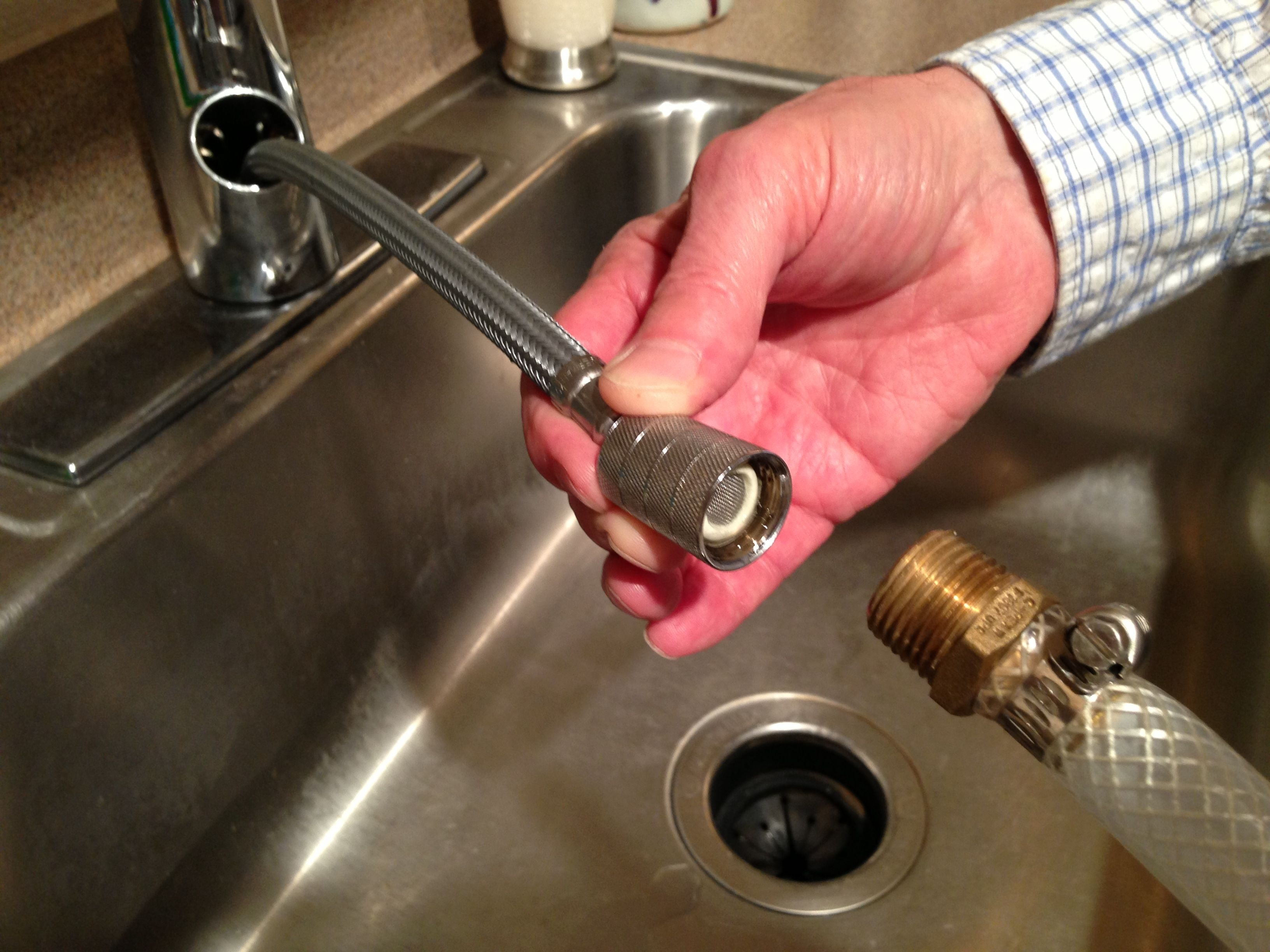
Save Time and Effort with Convenient Access to Water
 One of the main benefits of attaching a hose to your kitchen sink is the convenience it provides. Instead of having to fill up buckets or jugs of water from your sink, you can simply connect your hose and have easy access to a continuous supply of water. This is especially helpful for outdoor tasks such as watering plants or washing your car, as you no longer have to run back and forth between your sink and the outdoor area. This saves you time and effort, making your daily tasks more efficient.
One of the main benefits of attaching a hose to your kitchen sink is the convenience it provides. Instead of having to fill up buckets or jugs of water from your sink, you can simply connect your hose and have easy access to a continuous supply of water. This is especially helpful for outdoor tasks such as watering plants or washing your car, as you no longer have to run back and forth between your sink and the outdoor area. This saves you time and effort, making your daily tasks more efficient.
Maximize Space and Functionality
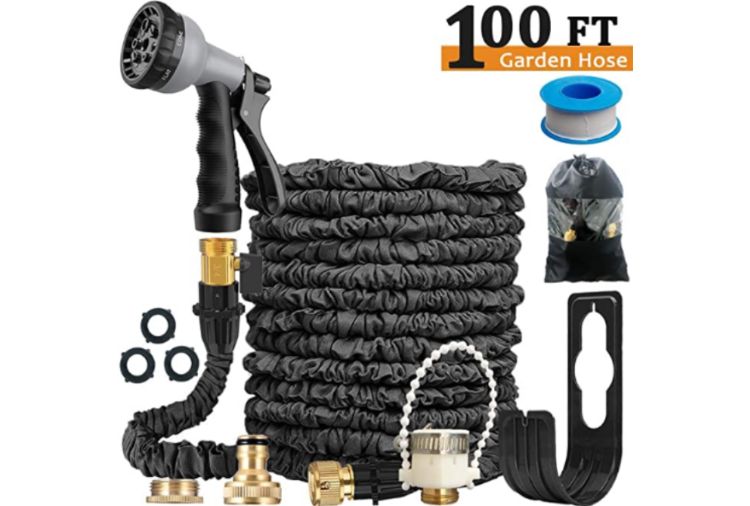 In smaller homes or apartments, space is a valuable commodity. By attaching a hose to your kitchen sink, you can maximize the functionality of your kitchen by using it as a multi-purpose area. Not only can you use it for cooking and cleaning, but also for outdoor tasks such as washing your pets or filling up a kiddie pool for your kids. This saves you from having to store a separate hose and finding space for it in your already limited living area.
In smaller homes or apartments, space is a valuable commodity. By attaching a hose to your kitchen sink, you can maximize the functionality of your kitchen by using it as a multi-purpose area. Not only can you use it for cooking and cleaning, but also for outdoor tasks such as washing your pets or filling up a kiddie pool for your kids. This saves you from having to store a separate hose and finding space for it in your already limited living area.
Cost-Effective Solution
 Attaching a hose to your kitchen sink is also a cost-effective solution for those who don't have a dedicated outdoor faucet or water source. Rather than having to install a new faucet or hire a plumber to do so, you can simply use your kitchen sink as a water source for your outdoor tasks. This not only saves you money, but also allows for easy installation and removal of the hose as needed.
Attaching a hose to your kitchen sink is also a cost-effective solution for those who don't have a dedicated outdoor faucet or water source. Rather than having to install a new faucet or hire a plumber to do so, you can simply use your kitchen sink as a water source for your outdoor tasks. This not only saves you money, but also allows for easy installation and removal of the hose as needed.
Easy to Use and Maintain
 Another advantage of attaching a hose to your kitchen sink is the ease of use and maintenance. Most hoses come with a quick-connect feature, allowing you to easily attach and detach the hose from your sink without any additional tools. Additionally, cleaning and maintaining the hose is simple and can be done with basic household cleaning products. This makes it a practical and hassle-free addition to your kitchen.
Another advantage of attaching a hose to your kitchen sink is the ease of use and maintenance. Most hoses come with a quick-connect feature, allowing you to easily attach and detach the hose from your sink without any additional tools. Additionally, cleaning and maintaining the hose is simple and can be done with basic household cleaning products. This makes it a practical and hassle-free addition to your kitchen.
Conclusion
 In conclusion, attaching a hose to your kitchen sink is a simple and practical solution for those looking to maximize space, save time and effort, and cut costs. With its convenience and versatility, it's a worthwhile addition to any household. So if you're wondering if you can attach a hose to your kitchen sink, the answer is yes – and it comes with a multitude of benefits.
In conclusion, attaching a hose to your kitchen sink is a simple and practical solution for those looking to maximize space, save time and effort, and cut costs. With its convenience and versatility, it's a worthwhile addition to any household. So if you're wondering if you can attach a hose to your kitchen sink, the answer is yes – and it comes with a multitude of benefits.
